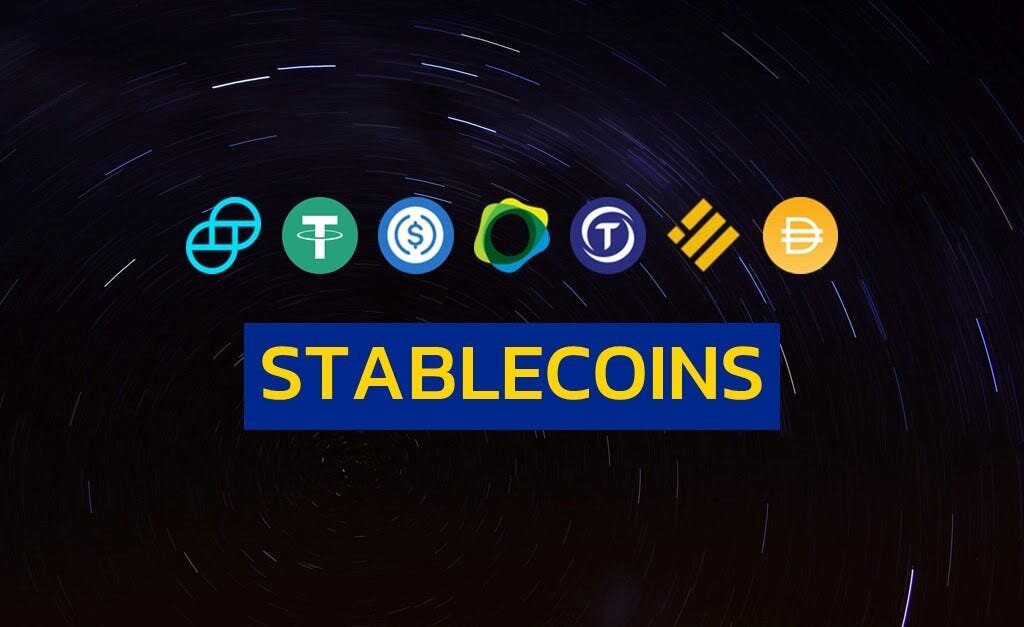Stablecoins, a cornerstone of the cryptocurrency ecosystem, have gained immense popularity due to their unique ability to combine the benefits of blockchain technology with the perceived stability of fiat currencies. However, the meteoric rise of these digital assets has not come without challenges. In recent years, regulatory concerns and questions about their role in maintaining market stability have placed stablecoins under intense scrutiny.
What Are Stablecoins?
Stablecoins are a category of cryptocurrencies designed to maintain a stable value by pegging themselves to a reference asset, often a fiat currency like the US Dollar, a commodity like gold, or even another cryptocurrency. The goal is to mitigate the volatility that plagues most cryptocurrencies, such as Bitcoin or Ethereum, making stablecoins an attractive option for payments, remittances, and as a store of value.

Stablecoins are typically categorized into three types:
1. Fiat-collateralized stablecoins, backed by reserves of fiat currency.
2. Crypto-collateralized stablecoins, backed by other cryptocurrencies.
3. Algorithmic stablecoins, which rely on algorithms and smart contracts to maintain their peg.
Despite their innovative design, each type comes with distinct challenges that raise regulatory and operational concerns.
The Regulatory Landscape: A Complex Puzzle
Global Variations in Approach
Regulating stablecoins has proven to be a complex task due to their cross-border nature and diverse structures. Some countries, such as Singapore and Switzerland, have embraced these digital assets by crafting clear guidelines for their operation. Meanwhile, others, like China, have taken a more restrictive stance, largely banning the use of cryptocurrencies altogether.
In the United States, stablecoins have faced a patchwork of state and federal regulations. Agencies like the Securities and Exchange Commission (SEC) and the Commodity Futures Trading Commission (CFTC) have struggled to classify stablecoins, often oscillating between defining them as securities, commodities, or currencies.

Key Concerns for Regulators
Regulatory bodies have raised several pressing issues surrounding stablecoins:
1. Reserves Transparency: Many stablecoin issuers have been criticized for not providing clear audits of the reserves backing their tokens. For instance, controversies surrounding Tether (USDT) have fueled skepticism about whether issuers hold sufficient reserves to meet redemption demands.
2. Systemic Risk: As stablecoins grow in adoption, concerns have emerged that their failure could trigger broader financial instability.
3. Consumer Protection: Without proper oversight, users may fall victim to fraud, mismanagement, or unsecured liabilities.
4. Monetary Sovereignty: Central banks worry that widespread adoption of private stablecoins could undermine national currencies and monetary policy.
Stablecoins and Market Stability: A Double-Edged Sword
Enhancing Liquidity and Accessibility
Stablecoins have been lauded for their role in improving liquidity within the cryptocurrency market. By providing a stable medium of exchange, they facilitate seamless trading between volatile cryptocurrencies. Additionally, they offer a viable solution for cross-border payments, reducing costs and increasing efficiency compared to traditional financial systems.
Potential for Financial Instability
Ironically, the same features that make stablecoins appealing also pose risks to market stability:
– Run Risk: In the event of a loss of confidence, users may rush to redeem their tokens, potentially leading to liquidity crises, as seen with algorithmic stablecoin TerraUSD’s collapse in 2022.
– Contagion Effect: A failure in a major stablecoin could ripple through the entire cryptocurrency market, causing significant disruptions.

Balancing Innovation and Oversight
The tension between fostering innovation and ensuring robust oversight remains the most significant challenge for stablecoin regulation. Policymakers and industry leaders are working toward solutions that balance these priorities:
1. Global Coordination: Efforts by organizations like the Financial Stability Board (FSB) aim to create a unified framework for regulating stablecoins across jurisdictions.
2. Central Bank Digital Currencies (CBDCs): Some governments view CBDCs as a public-sector alternative to private stablecoins, potentially offering the benefits of stablecoins while minimizing risks.

3. Improved Transparency Standards: Mandating regular audits and reserve disclosures can help build trust and reduce systemic risks.
The Future of Stablecoins
The trajectory of stablecoins will depend on their ability to adapt to regulatory scrutiny while maintaining their core advantages. Collaboration between regulators and the cryptocurrency industry will be essential in shaping a future where stablecoins can coexist with traditional financial systems.
While challenges abound, stablecoins also represent a significant step forward in the evolution of digital finance. By addressing regulatory and market stability concerns, these innovative tools could pave the way for a more inclusive, efficient, and resilient global financial system.
In summary, the stablecoin ecosystem stands at a crossroads. With regulatory challenges mounting and questions about market stability persisting, the coming years will be pivotal in determining whether these digital assets become a cornerstone of global finance—or a cautionary tale about unbridled innovation.



